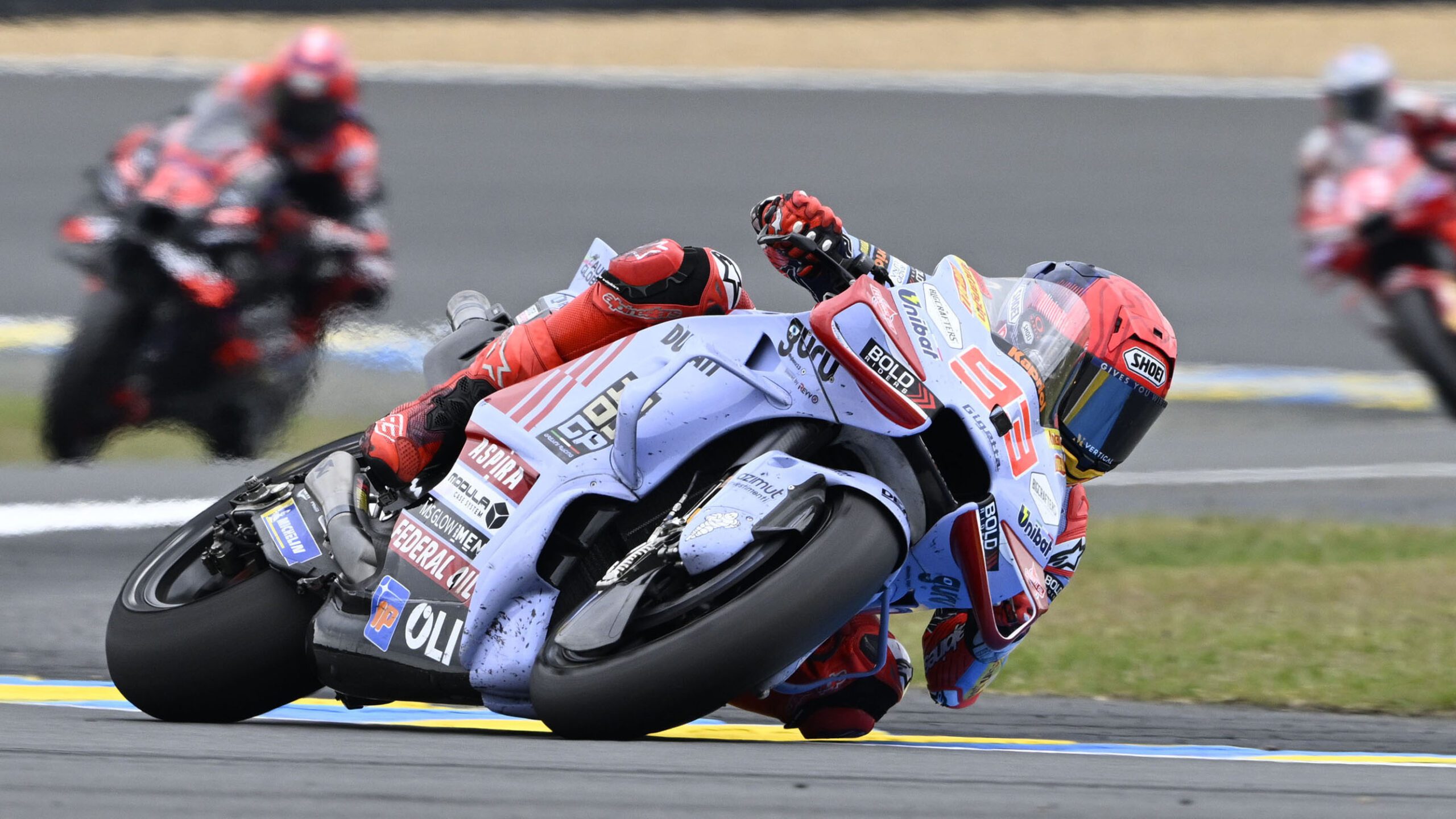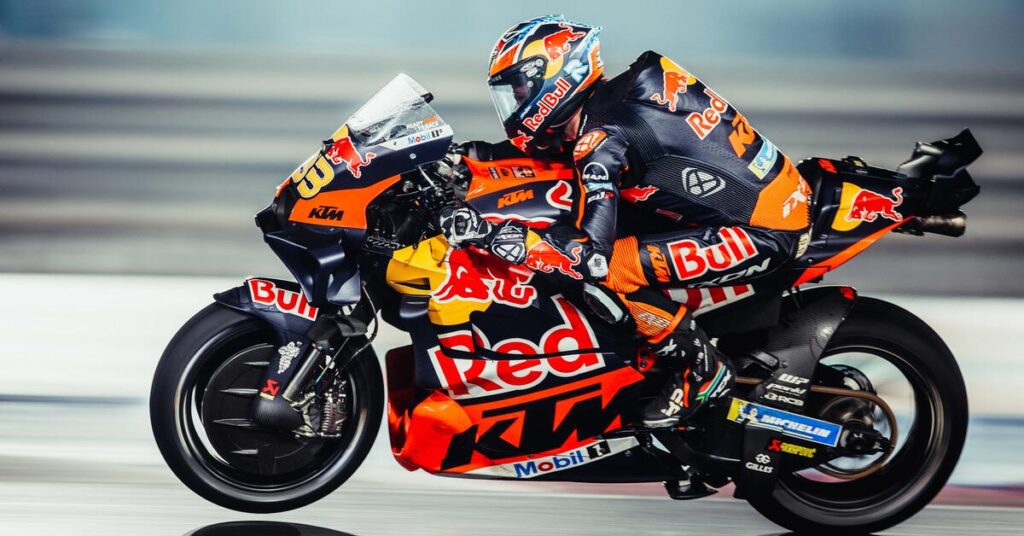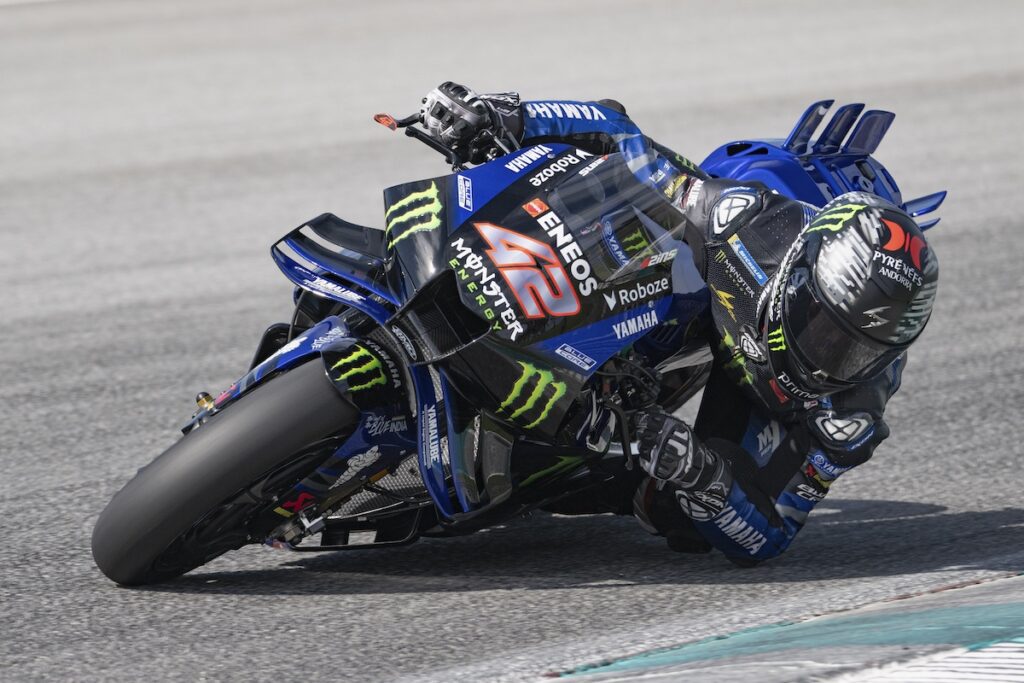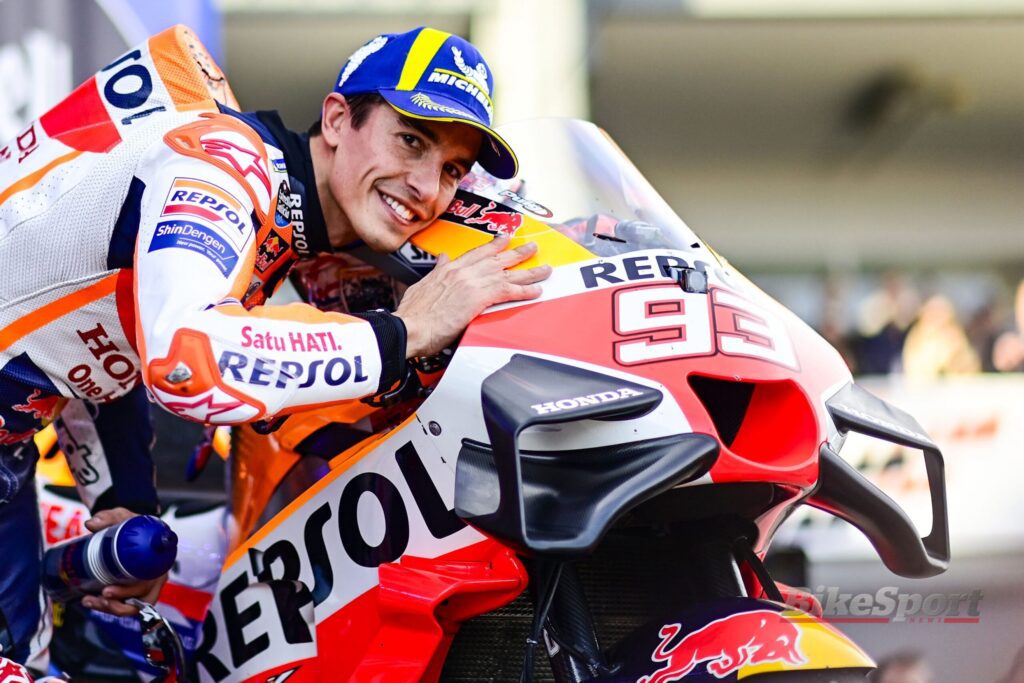When discussing the global expansion of sports franchises and organizations, many fans often overlook MotoGP, which has a relatively modest but loyal worldwide fan base. New circuits have opened in Kazakhstan and Saudi Arabia, and MotoGP does not appear to be slowing down anytime soon. The prospect of bringing more races to Africa and North America also opens up new avenues for motorsport in general. Much of this growth can be attributed to a concentrated digital marketing strategy, which ensures that MotoGP has a presence in every region and that its content penetrates various social media channels. The modern story of MotoGP is quite similar to that of other sporting brands that have experienced explosive popularity in recent years, including the UFC, NBA, and the Premier League.
The Understated Role of Betting
As with any sport that is gaining popularity, MotoGP has also attracted attention from punters. The modern sports bettor is constantly on the lookout for new betting markets, and MotoGP is one such sport that has a lot to offer.
It does not take much effort to register at any of the numerous minimum deposit betting sites, fund the account, and find a MotoGP race to wager on.
As AI takes center stage in sports development, new and innovative methods of fan engagement are likely to follow, with AI-generated highlights and POV rider experience becoming major topics of discussion in motorsport.
MotoGP and Digital Transformation
If you are an avid sports fan, you may have noticed just how fast major sports circuits have embraced the trend of digitization and data analytics, gathering valuable user insights to improve engagement and anticipating consumer needs in advance.
MotoGP has not fallen behind in this trend. Whether you are visiting the official MotoGP website or simply looking through motorsport news, everything is at your fingertips.
Race results, team news, streaming, and news are only a handful of the content that is available on the MotoGP website, which is very convenient for fans, as they can access all of the information they may need to stay up to date with everything MotoGP-related.
Integrating everything MotoGP-related under one platform is a cornerstone of MotoGP’s digital transformation strategy.
From Local Communities to Global Presence
MotoGP’s global expansion didn’t come at the expense of its grassroots foundation—it evolved alongside it. In many regions, local communities still form the beating heart of MotoGP fandom. Whether it’s a small group of fans gathering at a neighborhood bar or hundreds attending a local screening at a fan club, MotoGP continues to bring people together in physical spaces that amplify the racing spirit.
In cities like Budapest, Buenos Aires, and Jakarta, the race weekends are more than just sporting events—they’re social gatherings that energize entire communities. Local cafes, pubs, and community halls transform into mini fan zones, adorned with rider posters and blaring race commentary. These venues create a familiar environment where seasoned fans and newcomers alike can bond over shared passions. Discussions range from tire strategies to rider performance, often continuing long after the checkered flag has waved.
What’s particularly special is the routine and ritual that emerges around these events. In some neighborhoods, it’s common for families and friends to come together every race weekend, turning it into a tradition. This communal aspect of MotoGP keeps the emotional connection alive, especially for those who can’t travel to international circuits.
At the same time, MotoGP’s digital footprint has allowed these local communities to link with fans across the globe. Forums, livestream chats, social media groups, and Discord servers now serve as digital extensions of these physical gatherings. Through online interaction, fans from different countries swap analysis, predictions, and even memes, enriching the experience for everyone.
Despite the slick production and polished branding that now defines the sport on a global level, the grassroots passion remains strong. Many fans still maintain local supporter clubs, with their own merchandise, event schedules, and rider loyalty. These clubs often serve as official MotoGP partners, organizing viewing parties, charity drives, and trips to nearby races. Some even foster young rider development at local tracks, adding to the sport’s longevity from the ground up.
In this way, MotoGP hasn’t abandoned its roots—it’s simply planted them across more soil. From Italian villages to Southeast Asian capitals, fans continue to shape the MotoGP story through their passion, traditions, and community spirit. The sport may now be televised in over 200 countries, but at its core, it remains a global family built on local foundations.
Language and Localization
As MotoGP became a global phenomenon, the demand to bridge the gap between international audiences has continued to grow since then.
Commentary and graphics are now available in multiple languages, including Spanish, Portuguese, Thai, Japanese, and more. Fans need a more grounded experience that feels familiar, which is exactly what MotoGP has been aiming to achieve using localization.
MotoGP also leverages regional influencers to participate in events, boosting the popularity of motor sport in the target country and reaching new audiences. This has been an effective strategy in nurturing grassroots support for the sport while ensuring that MotoGP can keep up with digital and mobile-first viewership patterns of the modern audience.
What the Future Holds for MotoGP
MotoGP has transformed from a niche European motorsport into one of the most dynamic and globally recognized racing series in the world. With a fan base spanning continents and a calendar that touches every major region—from Europe to Asia to the Americas—MotoGP is no longer just a race; it’s a full-fledged brand with cultural, commercial, and technological influence. As we look ahead, its future points to a powerful blend of high-performance sport, global reach, and digital innovation.
At the core of this evolution is MotoGP’s position as one of the most valuable properties in international motorsports. The brand commands a loyal following and continues to attract world-renowned sponsors like Red Bull, Monster Energy, Petronas, Tissot, and Michelin—all of whom see MotoGP as a high-impact platform to engage with fans who are young, mobile, and deeply passionate. These partnerships not only boost the sport’s financial health but also ensure that fans are consistently exposed to world-class experiences both on and off the track.
Looking to the future, MotoGP’s focus is clearly shifting toward digital-first engagement. The sport has already laid the foundation with MotoGP VideoPass, real-time analytics apps, interactive social media content, and robust behind-the-scenes coverage. But the next generation of fan interaction will likely go even deeper.
Imagine real-time augmented reality overlays during races, giving fans instant access to speed, tire wear, and sector times. Or full virtual reality replays, where users can place themselves trackside—or even in the rider’s seat—for an immersive racing experience. As 5G networks continue to roll out globally, streaming high-resolution, low-latency content will become even easier, allowing fans to follow their favorite riders in new, more personal ways.
MotoGP is also expected to explore personalized content experiences, using AI and data analytics to tailor highlights, news, and race stats based on a fan’s favorite teams or riders. Imagine an app that not only reminds you when a race is about to start but also gives you pre-race insights, suggested bets (where legal), rider form summaries, and tailored post-race analysis—all on your phone.
Additionally, with environmental sustainability becoming a pressing global concern, MotoGP is investing in cleaner technologies and alternative fuels. The introduction of fully electric MotoE races was just the beginning. Future advancements in hybrid engines or carbon-neutral logistics could further solidify MotoGP as a forward-thinking sport, appealing to a generation that values both adrenaline and accountability.
Fan accessibility is another area ripe for growth. MotoGP’s commitment to emerging markets—like Indonesia, India, and parts of South America—means broader race access, local content production, and more diverse engagement campaigns. These efforts will be crucial in strengthening MotoGP’s already impressive global reach, especially among younger and more digitally connected fans.
In short, the future of MotoGP isn’t just fast—it’s immersive, intelligent, and inclusive. The sport’s embrace of technology, its strategic global partnerships, and its ongoing commitment to thrilling on-track action all suggest that MotoGP will continue pushing the boundaries of what a racing series can be. For fans around the world, that means more ways to connect, more content to consume, and more reasons to stay hooked race after race.




